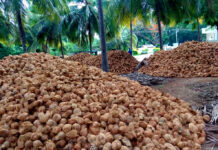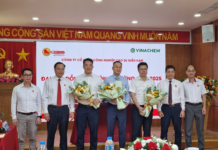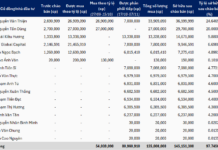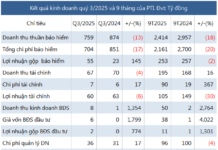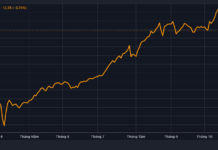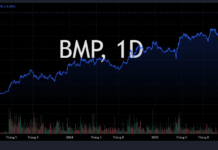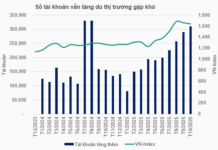
Illustrative image
As Vietnam’s electricity demand continues to surge, the country is ramping up its use of coal for power generation, resulting in increased coal imports from various markets.
According to preliminary statistics from the General Department of Vietnam Customs, in July 2024, Vietnam’s coal imports reached 5.4 million tons, equivalent to nearly $670 million, representing a decrease of 25.2% in volume and a 32.6% drop in value compared to the previous month.
Cumulative imports for the first seven months of the year stood at 29.5 million tons, valued at over $4.3 billion, marking a significant 52.7% increase in volume but a 12.2% decline in value compared to the same period in 2023. The average import price during this period was $124 per ton, a 15.3% decrease from the previous year.
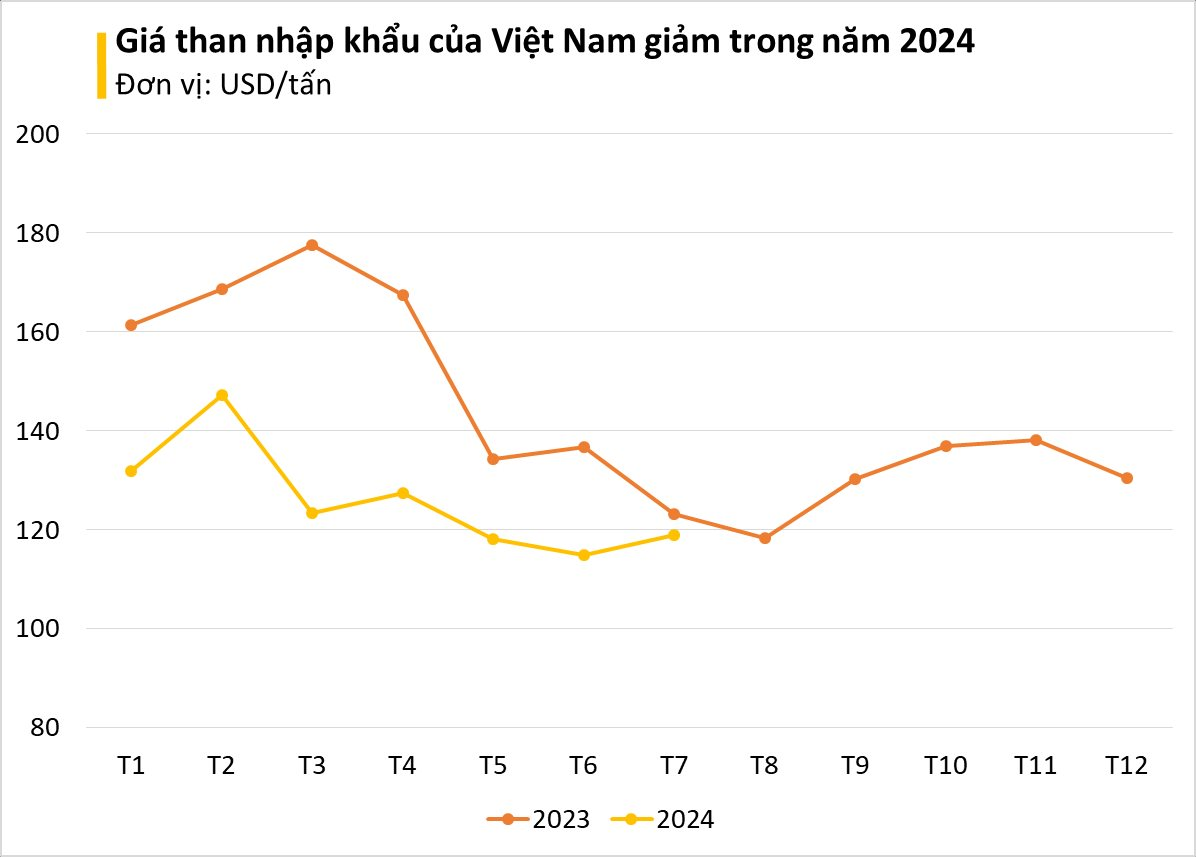
To meet the heightened demand for electricity during the hot summer months, Vietnam is actively importing coal from major markets such as Indonesia, Australia, and Malaysia. Among these, Australia stands as the largest coal import market for Vietnam in terms of value during the first seven months of the year, followed by Indonesia and Russia.
Notably, Laos is one of the countries from which Vietnam plans to import significant quantities of coal.
Specifically, coal imports from Laos in July reached nearly 100,000 tons, with a value of $7.38 million, translating to a price of $74.3 per ton.
Cumulative imports from the neighboring country for the first seven months amounted to over 1.26 million tons, valued at nearly $83 million, with an average price of $65.5 per ton. This is the lowest import price compared to other markets. In 2023, Vietnam did not import coal from Laos.
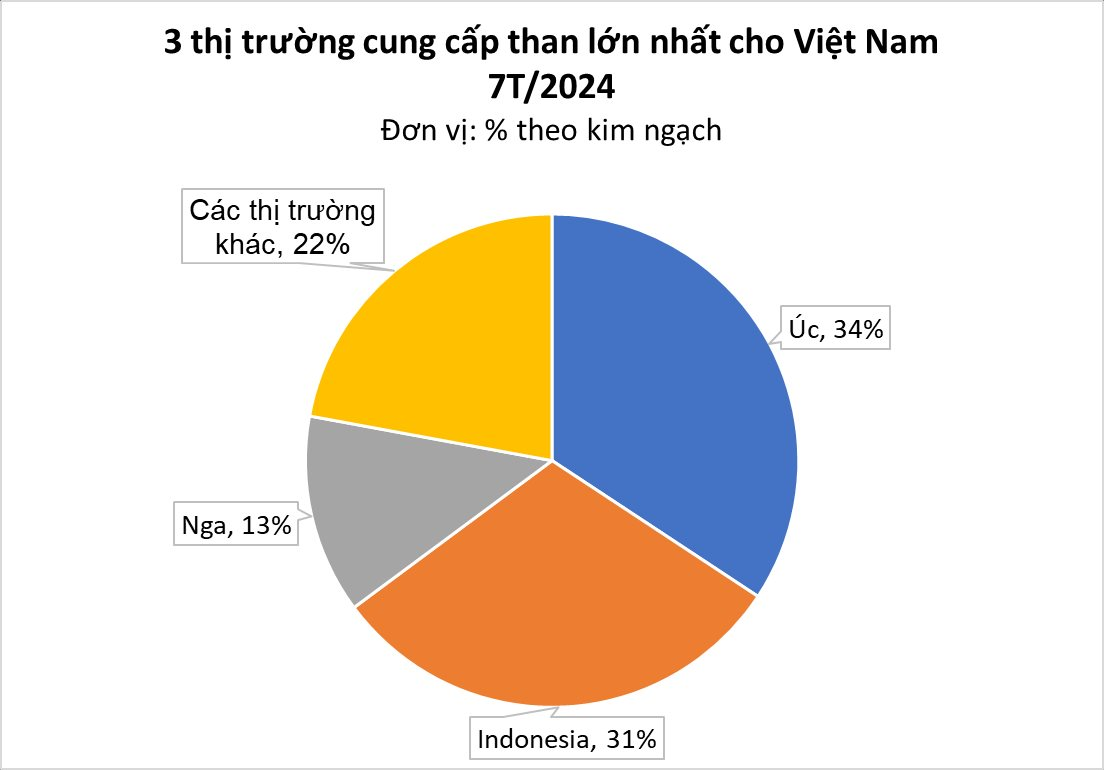
The Minister of Industry and Trade highlighted the country’s substantial demand for raw materials and fuel. During the period of 2025-2030, Vietnam is expected to require coal imports of approximately 60-100 million tons per year. To ensure sufficient coal supply for power generation in 2024, investors in coal-fired power plants are responsible for arranging 74.307 million tons of coal, with the plants designed to utilize around 26.1 million tons of imported coal.
Consequently, the Ministry of Industry and Trade has initiated the development of a Trade Cooperation Agreement for coal purchases with Laos to guarantee a stable coal supply for Vietnam. The Laotian market is highly regarded for its potential and is gradually becoming a significant supplier of products and raw materials to Vietnam within the ASEAN bloc.
In July of this year, the Ministry of Industry and Trade, together with the Ministry of Energy and Mines of Laos, signed a Memorandum of Understanding on coal cooperation for the next five years. As per the agreement, Laos plans to export approximately 20 million tons of coal annually to Vietnam, contingent on market demand and practical conditions.
Despite Laos’ substantial coal reserves, which Vietnam can tap into, there are still constraints in the coal trade between the two countries. The Oil and Gas Department revealed that cooperation in coal purchases with Laos has faced numerous challenges.
These difficulties arise from limited transportation infrastructure and high transportation costs, resulting in higher import prices from Laos, making it less competitive compared to domestically produced coal or imports from other countries.
To bolster imports, the Minister of Industry and Trade has requested that Laos’ coal mine owners restructure their production processes and invest in conveyor belt systems to transport coal across the border, thereby reducing production and transportation costs. He also proposed that the Ministry of Energy and Mines of Laos advocate for the elimination of the 10% coal export tax by the Laotian government.
In addition to coal, the Minister of Energy and Mines of Laos expressed interest in enhancing bilateral cooperation in the energy sector. He suggested that Vietnam establish a post-2025 electricity purchase framework from Laos and interconnect the 500 kV power line from Laos to Vietnam.
Addressing Power Shortages During the Dry Season This Year
The Electricity Regulatory Authority of the Ministry of Industry and Trade has announced that in preparation for the upcoming dry season, from March 4th to 10th, high-capacity thermal power plants, gas power plants, and renewable energy sources have been mobilized to save water for hydroelectric power and be ready for the approaching dry season.
Prime Minister’s Directive on Ensuring Power Supply and Fuel for Electricity Production
Prime Minister Pham Minh Chinh has recently issued Directive No. 05/CT-TTg on February 14, 2024, regarding the assurance of electricity supply and the provision of coal and gas for power production in the near future.



